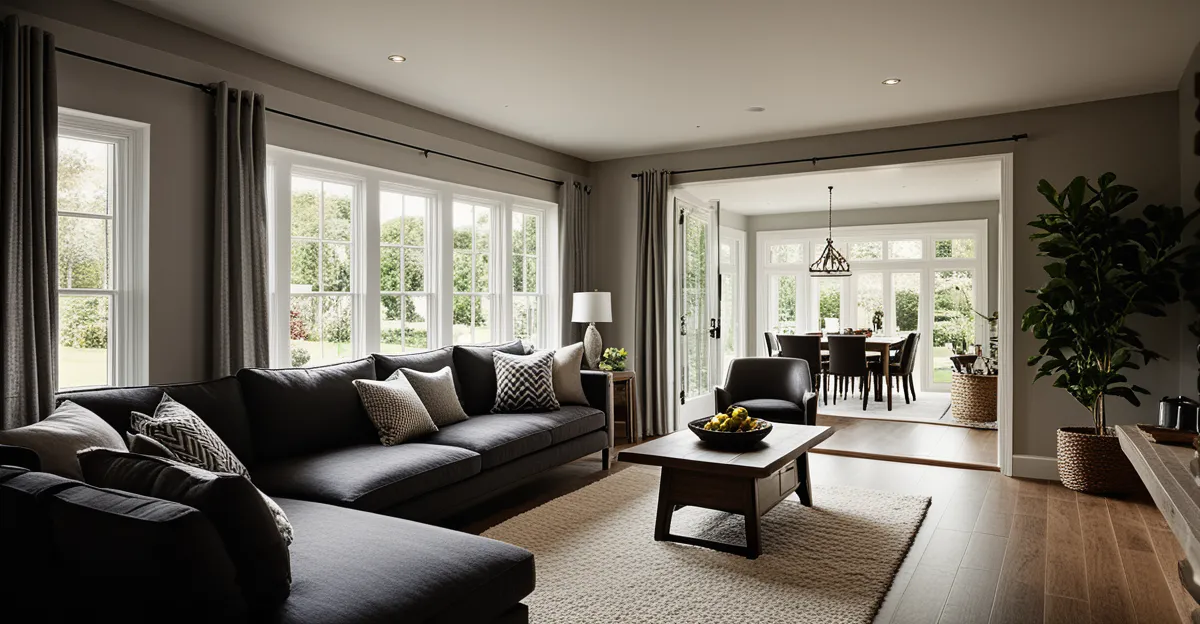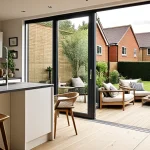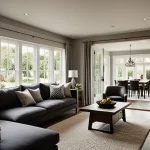Defining Comfort in the Home Environment
Comfort in a home goes beyond the physical structure of a house. The distinction between a house and a home lies in the experience and feeling of home comfort. A house is simply a building, whereas a home embodies warmth, security, and belonging. Comfort combines subjective elements—like personal taste and emotional attachment—with universal needs such as safety, functionality, and calmness.
Home comfort influences personal well-being profoundly. Spaces that feel safe and soothing can reduce stress and promote relaxation. Cozy living spaces encourage connection among family, offer retreats for rest, and reflect one’s identity, making the environment nurturing.
Also read : How can UK homeowners create a minimalist living environment?
Understanding that comfort is both individual and universal helps create spaces that resonate emotionally while meeting practical needs. Achieving this balance transforms mere shelter into a sanctuary—a home where comfort enhances quality of life and enriches everyday living.
Practical Foundations of a Comfortable Home
Creating practical comfort in a home relies heavily on a functional layout that supports daily activities with ease. A well-planned flow between rooms avoids cluttered or awkward spaces, allowing residents to move naturally and efficiently. This layout encourages relaxation by reducing frustration and enhancing usability.
Have you seen this : How Can Smart Home Technology Enhance Your Daily Living Experience?
Effective home organization plays a pivotal role in achieving this comfort. Keeping spaces decluttered and well-managed through smart storage solutions creates an environment that feels open and calm. Without clutter, cozy living spaces become more inviting and peaceful, contributing to overall home comfort.
Furniture selection also significantly affects practical comfort. Choosing pieces that blend utility with softness—such as supportive sofas with plush cushions or versatile tables—adds to a home’s functionality and warmth. These elements work together to transform a space from merely a house into a genuinely comfortable home that meets both practical needs and emotional desires.
In sum, merging intentional layout, clutter control, and strategic furniture choices sets the stage for a living environment where convenience and comfort coexist, improving both physical ease and mental well-being.







